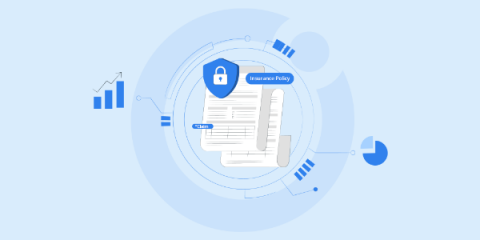Key considerations before signing up for cyber insurance
With 2021 seeing 5.1 billion records breached and an annual increase in attacks at 11%, the risk of security incidents is only getting greater every year. And when an attack hits, the cost to recover, which includes fines, penalties, legal fees, and much more, are also great. To help minimize the scope of financial damage, many organizations turn to cyber insurance. Albeit a relatively new branch of insurance, demand is already huge and ever increasing.









